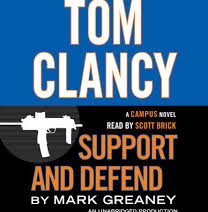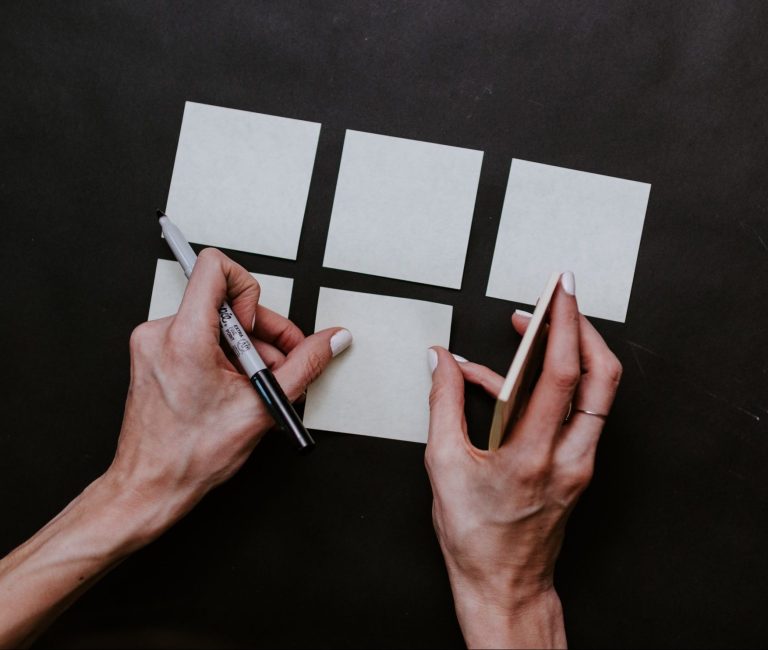Using Motifs in a Powerful Way in Your Fiction
This is a reprint of a post I wrote many years ago, but it bears reprinting!
Motifs are powerful elements that writers can take advantage of when constructing their novels. But few novelists ever give thought to adding motifs. They might do so subconsciously or inadvertently, but I’d like to encourage you to take some time and deliberately construct some motifs so that they serve as superglue in your story.
Motifs differ from theme. However, the best way to bring a motif into your story is to tie it intrinsically into your theme. In The Hunger Games we see that not only does author Collins use an actual object or thing—the mockingjay itself, and the metal pin Katniss wears—the “song” of the mockingjay is used symbolically. The characters adopt the bird as a symbol for their revolution, and so the object and the theme are bound together.
Generating Ideas for Motifs
Once you work to develop the themes in your novel, you can create some motifs. Think for a moment about your theme, what your story is really about (using mind mapping can help with this!). What images come to mind that might represent your novel? I’ve talked at length about image systems and why they’re helpful for novelists. When creating an image system, one thing that might help is to envision a movie poster for your novel.
Ask: What key moment in your entire story would best be shown on your poster? What colors and objects would be shown? What would the characters be wearing, holding, doing? By imagining this movie poster, you might get some ideas for strong symbols that you can work into your novel, even if you’ve already written your first draft. The great thing about motifs is you can add them in after you think you’re done with your novel.
Come Up with an Object
Think about your protagonist. Imagine one object she owns that is special to her. Maybe it’s a gift someone gave her that has great significance. Maybe it’s a shell she found on the beach on an important day in her life. You can find a place to introduce this motif-object early on in the book, then show it again a few times at important moments in your story, and then bring it into the final scene in some symbolic way. All your character may have to do is pick up the shell from off the table and look at it and think about it. She might perhaps recall the pivotal day she found it, and how she felt back then, and how she’s changed since then. That is a very effective use of a motif.
Objects can spur not just memory but powerful emotion, so if you have an object connected to a very important moment in a character’s past (whether something painful or joyful), you can then springboard from there to infuse this object with deep meaning.
Move from Object to Concept
To take it further, using the shell as an example, you could have multiple connections with this object so that not just the shell itself is a symbol or triggers a memory. Perhaps a concept can be formed around the object and brought out. What can a shell represent? Maybe you choose a barnacle that clings tenaciously to a rock to survive, but the harsh waves have broken it free from the rock, and now the creature inside is dead. If you have a character whose life has been shattered by a horrific event, and she’s now lost and floundering, dying inside, that shell can take on heavy symbolism.
What if you choose a sand dollar (I use one in my novel Someone to Blame as a motif), which is sometimes thought of as a symbol of hope, or to represent redemption, salvation, or restoration of faith? Or you could choose an oyster, which creates a beautiful pearl due to a speck of sand irritating its tender flesh. If your character can “relate” in some way to this shell—if it can reflect or represent something significant to her—you have a powerful motif. An oyster is pretty ugly to look at, but inside a thing of beauty is created out of pain. Right there can be found a lot of symbolism for a variety of story types.
Reinforce the Motif
Take that last idea one step further. If a character feels ugly, unworthy of love, and then is given a string of pearls by the man who comes to love her, this reinforces the motif.
A client of mine had a weak title for her novel, and also needed something to superglue her story to take it to a higher level. She had an early scene showing her main character, a young Russian girl, who was given a cheap bracelet by her drunk mother’s unfaithful lover. Angry at her pathetic lot in life, this girl throws down the bracelet and breaks the links of the chain. Her life at this point is shattered. By adding a scene near the end of the book showing her adoptive mother in the US giving her a fine quality link bracelet to represent her love for her new daughter, the symbolism is brought out. The title was changed to Scattered Links (author Michelle Weidenbenner), in order to drive home this motif of the bracelet and the links. The word link also becomes charged due to its association with the character being linked to new family members and friends, and breaking and repairing the links to her past. As a result, this good novel became a great one, and went on to win some prestigious awards.
So spend some time thinking about your protagonist. What is her biggest emotional issue? What is the lie she believes about herself and can’t get past? What is her core need? Can you brainstorm a list of ten or so items in her life or past that could be symbolic for her?
Freewriting and Word Association
One thing you can do is a word-association exercise. Write down an emotion or thematic component from your novel, such as grief or forgiveness. Then freewrite all the words and images that come to your mind without censoring what you write. Picture in your head your character grieving. Where is she? What does she see? What does she touch or hold? What comforts her—a song, a picture, a place?
When finished, go over your list and see if you can grab two or three of these items and find ways to give them a place in some scenes. Perhaps your character can find this object. Or see it in a store window. The possibilities are endless, but the key to all this is 1) it must have emotional significance for the character 2) it should somehow tie in with your themes, and 3) it should be simple and clear in its symbolism.
Let’s say you have freedom as an important theme. You may have chosen “bird” as one of the words that came to mind when freewriting. A bird is a common symbol for freedom, and, hence, a good one (using universal symbols that many people share is a good thing). A caged bird represents imprisonment (on any level—actual, emotional, etc.).
Do you remember the best seller Jonathan Livingston Seagull? I thought it was pretty corny, but it sold more than a million copies and topped the New York Times best-seller list for thirty-eight weeks. It was even made into a movie. The novella featured a seagull named Jonathan (who knows why—perhaps to symbolize the “ordinary man”) who is a member of a flock in which individuality is frowned upon. Jonathan finds himself a loner and an outcast. After performing feats of tremendous courage and skill, he is expelled from the flock. This gives him the freedom to develop his skills, and in so doing he reaches a heaven of sorts. The lessons that Jonathan learns in his travels reflect both a greater peace of mind and a freedom to be himself.
Although this book was an allegory (and a bit over-the-top preachy, to me—but hey, that was the 70s!), featuring a young seagull’s efforts to rise above the ordinary, it can teach us something about the power of motifs and symbols.
You don’t have to go whole-hog into allegory to make powerful points in your novels, however. Just using a few well-developed and meaningful motifs can add that cohesion and depth your novel might be lacking. Why not give it a try?
What is your main theme for your novel? Can you come up with one object to use as a motif? How can you expand that to other levels? Want to share in the comments?











